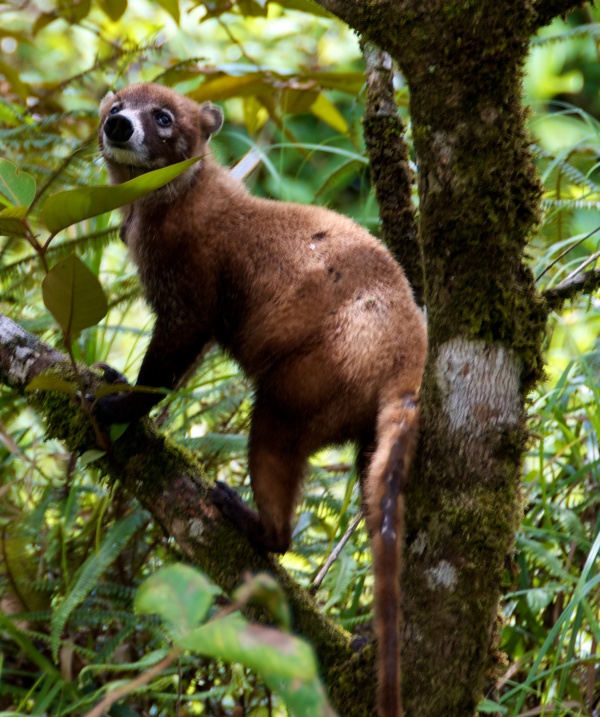Facts About White-nosed Coati, Coatimundi
The white-nosed coati, also known as the coatimundi, is a captivating member of the raccoon family (Procyonidae). These creatures inhabit the wooded areas of the Americas, ranging from southeastern Arizona down to northwestern Colombia. They exhibit remarkable adaptability, thriving in various altitudes and habitats, from sea level up to 3,000 meters. Interestingly, they have also established themselves in Florida, where they are considered an introduced species with a stable population.
In terms of diet, white-nosed coatis are not particular. They consume a variety of foods, including small vertebrates, fruits, carrion, insects, snakes, and eggs. While they are proficient climbers, they are most often seen foraging on the ground. However, they must remain vigilant, as they are preyed upon by boas, raptors, hunting cats, and tayras.
These animals are diurnal, meaning they are active during the day, and they exhibit intriguing social behaviors. Males are typically solitary, whereas females are more social, often forming groups. Coatis communicate through an array of vocalizations and engage in grooming behaviors.
Young coatis are especially playful, frequently engaging in mock combat. In Costa Rica, they play a crucial role as pollinators for the balsa tree. This interaction is mutually beneficial: the coatis receive hydration and nutrition from the tree, while the balsa tree benefits from pollination, aiding in its reproduction and spread.

 Panama
Panama